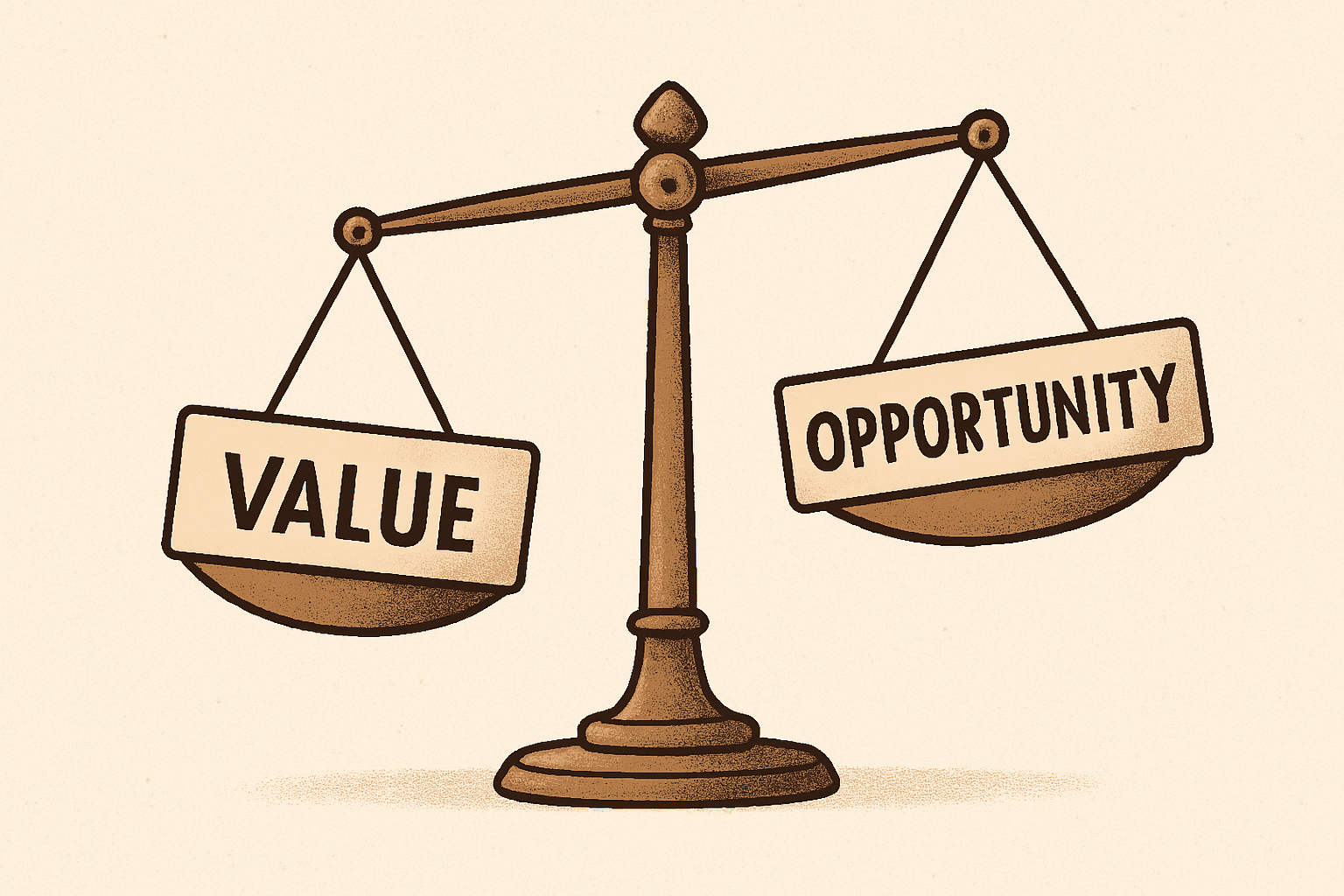My recommendations for those seeking their next position or recruiting via LinkedIn and some Do’s and Don’ts from my experience.
Contrary to what you might think, we have always viewed LinkedIn as a recruiter’s friend.
I previously attended a recruitment briefing hosted by some of the senior guys from LinkedIn. They invited us to a group session with about 100 recruiters in the audience. The senior LinkedIn recruiter opened his speech with:
“If you’re representing a generalist recruitment company, and you’re worried that LinkedIn is threatening your roles or destroying your business prospects, I have some very bad news…”
…and the guys in the audience shifted a little in the seats.
He said…
“The bad news is that we are! We can do your jobs as generalist recruiters with more efficiency and less cost than you can. If I was in your position, I would consider looking for a new role!”
There were hushed gasps from those generalists in the audience and some gentle sobbing. The speaker then continued on to say:
“If there are any specialist recruiters working within a niche market and you see yourself struggling to find either candidates or clients who need your help there is good news, we are here to help”
It was interesting because while they did not know we were there the rest of the session unfolded along these lines ‘we can help you and, in helping you, we help your candidates and clients.’
So you may consider it unusual that I, as a recruiter, say to you as specialist treasury professionals that LinkedIn can be your friend.
It is possible that yes, you may get a job, not through The Treasury Recruitment Company, but through a direct approach from LinkedIn.
So what?
The fact is that when there is a difficult role to fill, that’s the one we are looking at. That is where we prove our value: we act as the interface. We’re not just here to dump resumes on our clients’ desks and say ‘What do you think?’
We are matchmakers. We sit down with candidate and clients and gain an understanding of you, your background and what you are looking for.
So back to your LinkedIn profile – should you be on it? Why not?
If you’re thinking you’ll just be headhunted every 5 minutes, well, you should be so lucky! I’m not saying you’re not a great treasury professional, rather the issue is; are your skills in demand?
Have you got the potential a client is looking for? A little later I’ll talk about how you can make yourself stand out on LinkedIn.
Should you only create a LinkedIn profile when you’re looking for a role?
No I don’t think so. I think a lot of candidates make that mistake. It is better to build your professional profile and network as you work. This makes you a far more compelling candidate for potential future employers.
Employers and recruiters both look at your profile as a summary of your background and it’s what gets you noticed.
Profile Picture
I read an article on Forbes which featured a very accurate summary of LinkedIn; an interview with Nicole Williams, a career expert on the site. She often sees the same mistakes made over and over again, one of the key ones being not to have a profile picture.
According to the research by LinkedIn your LinkedIn profile is SEVEN times more likely to be viewed if you have a photo!
Seven times! Just by including a professional photo. She didn’t provide figures with regards to subsequent links made but as we can see the potential increases massively.
With seven times more links, maybe seven times more opportunities for you?
If you have a professional network that is seven times larger, when you need to solve a tricky problem at work you can reach out to your network maybe they can help.
A couple of key tips; first, it’s a professional photo;
- Please no selfies
- No holiday snaps or photos in the bar
Continuing through the article, Williams suggests that, perhaps every few days, you should regularly update your profile to keep it fresh.
I think that’s over the top. I’m a recruiter and its part of my job to keep my LinkedIn information fresh, but even I struggle to put stuff out there every few days. I continually try to give information to my candidates and my clients, but you guys have got your own jobs to do, so weekly updates may be a challenge.
It is worth working on your profile keeping it accurate and up to date I would review it every 3 to 6 months and try to add any relevant further achievements.
As you consider searching for a new position you will need to make sure a client sees potential in you, it’s time to review and refresh your profile. Beyond that, if you are updating your profile every day, then you have got too much time on your hands and as a recruiter I’d love to talk to you to find your next treasury role.
References and Testimonials
The next thing Nicole talked about was References and Testimonials. In my experience, they work. Even if it’s just a few lines from a boss reinforcing something that you’ve said, or an achievement; those lines are powerful.
If you say it, it’s something you did. If someone else says it, it’s something you achieved, something that was noticed, and something that impressed.
I would also add that testimonials need to be from previous bosses, not peers. Don’t include testimonials from previous colleagues. It’s best to have a comment that says, for example; ‘This person worked for me for a number of years, they achieved these things, and this is why I respect them’. That’s something of value.
Connection Requests
As a recruiter I get a huge number of requests every day, but I don’t accept every one, believe me.
I only accept an invitation when I believe I can help that person. I often get requests from people in parts of the world we don’t recruit for, and because of that I don’t accept their invitations.
I would advise you to do the same; look at where you are based, and if you think this person would be of value in your professional network, to leverage your reach, accept their invitation on that basis. Don’t just ignore connection requests but use your own personal filters, as it were, to test whether the connection can be of value to both of you.
LinkedIn is not just a career tool. It’s not just about your next role; I think that’s something that is overlooked by LinkedIn a lot of the time. I think you, as treasury professionals, are incredibly good at networking.
Here and now, at this summit, you are meeting a number of people, you are sharing ideas, saying ‘we did it this way, which way did you find most successful?’ ‘We use this cash management system’ ‘We use the same, these are the glitches and the problems we encountered, and here is how you get around them’. I think there needs to be more sharing of ideas, and I think LinkedIn can actually aid you in that.
To summarize I would recommend on your LinkedIn profile you have:
- A friendly, professional picture
- A quick description of who you are
- A bullet point summary of your positions and achievements
Contact Section
Then there’s the Contact Section my contact details are always up there at the top of my profile because networking via LinkedIn is a critical part of my role. If you don’t want to be contacted about new positions there is a section on LinkedIn for you to say this explicitly, and it’s often overlooked.
One of the best ones I ever saw was from an Assistant Treasurer who said;
‘I am not interested in job opportunities as I currently enjoy my role. If I change my mind I will change this’.
Personal Interests
Personally, I love this section. I feel it can provide ‘hooks’ for a conversation / common ground to open a discussion. It adds the human element and it’s a nice touch which can make the conversation flow a little easier.
Personal Details
The personal details section now this is up to you, I don’t actually put that much in this section because what is personal to me is personal to me.
Recommendations & Testimonials
As I said earlier I have testimonials from both candidates and clients to show them that what we say is what we actually do.
Contact Email Address
Please, please, please make it professional I can drink 20 beers@xyz.com just doesn’t work! I have recommended quite a few candidates to change theirs.
I hope this article helps you improve your profile and for all those Treasury Professionals out there please call me I’d love to help you find your next role.



